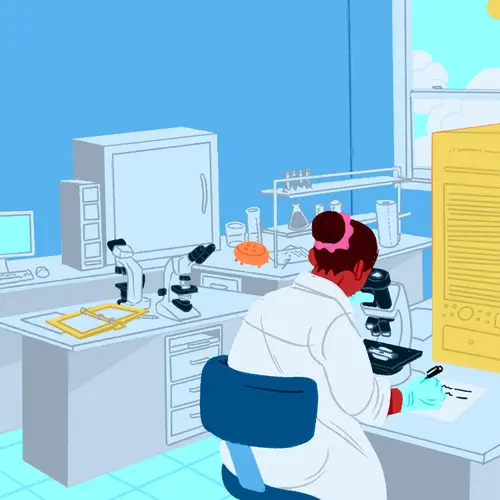For someone with heart disease, diet is a big deal. Along with other healthy habits, it can slow or even partially reverse the narrowing of the heart's arteries and help prevent further complications.
You can help a loved one who has heart disease by adopting a diet that curbs LDL (''bad'') cholesterol, lowers blood pressure, lowers blood sugar, and helps with weight loss.
The best strategy: Focus on what the person with heart disease can eat, not just what's off-limits. Research shows that adding heart-saving foods is just as important as cutting back on others.
These 10 strategies will help you plan meals for someone with heart disease:
1. Serve more vegetables, fruits, whole grains, and legumes. Just about everyone could stand to eat more plant-based foods. They're rich in fiber and other nutrients, and they can taste great in a salad, as a side dish, or as an entree. Watch that you don't use too much fat or cheese when you prepare them.
2. Choose fat calories wisely by:
- Limit fat to less than 35% of total calories each day.
- Limit saturated fat (found in animal products).
- Avoid trans fats as much as possible. They are found in butter, salad dressing, sweets, and desserts. Check ingredient lists for "partially hydrogenated" oils.
- When using added fats for cooking or baking, choose oils that are high in monounsaturated fat (for example, olive and peanut oil) or polyunsaturated fat (such as soybean, corn, and sunflower oils).
3. Serve a variety of protein-rich foods. Balance meals with lean meat, fish, and vegetable sources of protein. For protein from animal sources, lean choices like chicken or turkey are best.
4. Limit cholesterol. Cholesterol in foods, found in red meat and high-fat dairy products, can raise blood cholesterol levels, especially in high-risk people.
5. Serve the right kind of carbs. Include foods like brown rice, oatmeal, quinoa, and sweet potatoes to add fiber and help control blood sugar levels. Avoid sugary foods.
6. Eat regularly. This helps someone with heart disease control blood sugar, burn fat more efficiently, and regulate cholesterol levels.
7. Cut back on salt. Too much salt is bad for blood pressure. Instead, use herbs, spices, or condiments to flavor foods.
8. Encourage hydration. Staying hydrated makes you feel energetic and eat less. Encourage your loved one to drink 32 to 64 ounces (about 1 to 2 liters) of water daily, unless their doctor has told them to limit fluids.
9. Serve five or six small meals instead of three big ones. It can help your loved one control blood sugar levels, burn fat calories more efficiently, and keep their cholesterol in check.
10. Keep serving sizes in check. It can help to use smaller plates and glasses and to check food labels to see how much is in a serving since it's easy to eat more than you think. Some guidelines:
- 1 ounce of cheese is the size of a pair of dice.
- A serving of meat or tofu is the size of a deck of cards.
- 2 servings of rice or pasta are the size of a tennis ball.
SERVING SIZES | ||
Food/amount | Serving/exchange | The size of |
1 cup cooked rice or pasta | 2 starch | tennis ball |
1 slice bread | 1 starch | compact disc case |
1 cup raw vegetables or fruit | 1 fruit or vegetable | baseball |
1/2 cup cooked vegetables or fruit | 1 fruit or vegetable | cupcake wrapper full or size of ice cream scoop |
1 ounce cheese | 1 high-fat protein | pair of dice |
1 teaspoon olive oil | 1 fat* | half-dollar |
3 ounces cooked meat | 1 protein | deck of cards or cassette tape |
3 ounces tofu | 1 protein | deck of cards or cassette tape |
*Remember to count fat servings that may be added to food while cooking (oil for sauteing, butter or shortening for baking). | ||

